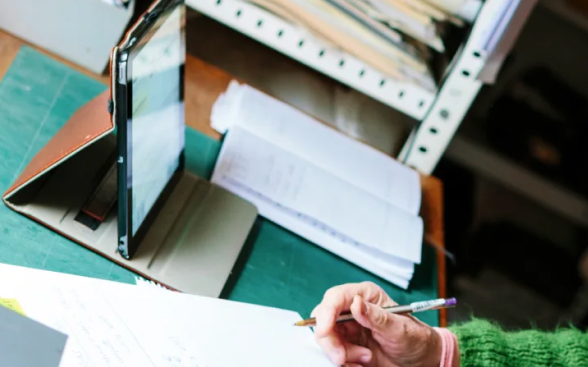Menu

* A Grant DOI (digital object identifier) is a unique, open, global, persistent and machine-actionable identifier for a grant.
How are the brain, brain activity, motor activity, and consciousness related? To understand consciousness, we need to learn how different brain structures and brain cell activity can give rise to it.
There exists at least a dozen noteworthy theories of consciousness, but it remains unclear which of them is more likely to be correct. New research at the Cognitive and Systems Neuroscience Lab at the University of Amsterdam will explore three leading theories: Integrated Information Theory (IIT), the Active Inference account of Predictive Processing (PP-AI), and the Neurorepresentationalism account of Predictive Processing (PP-NREP).
These three theories make incompatible predictions. Through a structured adversarial collaboration, the project will carry out three main experiments (including replications) and subsequent data analyses and interpretations, in a carefully controlled manner that closely involves the interactions between theorists, experimentalists, and other experts.
The first experiment uses optogenetics to activate neurons in mice, and measure how such activation affects behavior. The second experiment will study human patients with hemineglect caused by scotoma (blind spots) to determine whether brain connectivity is also altered. The third experiment will use optical illusions and neuroimaging techniques to test the importance of specific neural activity on changes in conscious perception.
The project is planned to deliver various outputs directed to different target audiences including specialists in the area of consciousness research and related scientific fields, and a wider scientific audience including cognitive scientists, neurobiologists, AI and roboticists, philosophers and clinicians. The intended impact of the project will be to significantly advance our understanding of consciousness.
A long-standing objective in the study of consciousness is to characterize the neural signatures of perceived compared with unperceived sensory stimuli. In particular, the role of different cortical areas in generating consciousness is an active debate. Here the researchers combined electrophysiological and modeling studies to investigate the mechanistic role of individual connections between brain regions in the generation of the activity patterns observed during conscious report. They found that, while frontal areas initiate report-related activity, the parietal cortex acts as a gate to determine whether such activity will propagate back to the visual cortex. This division of labor between prefrontal and parietal cortices is unexplained by current theoretical models of consciousness and will impact mechanistic neural models of conscious report.
Polar angle asymmetries (PAAs), the differences in perceptual experiences and performance across different regions of the visual field are present in various paradigms and tasks of visual perception. Currently, research in this area is sparse, particularly regarding the influence of PAAs during perceptual illusions, highlighting a gap in visual cognition studies. This work aims to fill this gap by measuring PAAs across the visual field during an illusion applied to test conscious vision widely.
